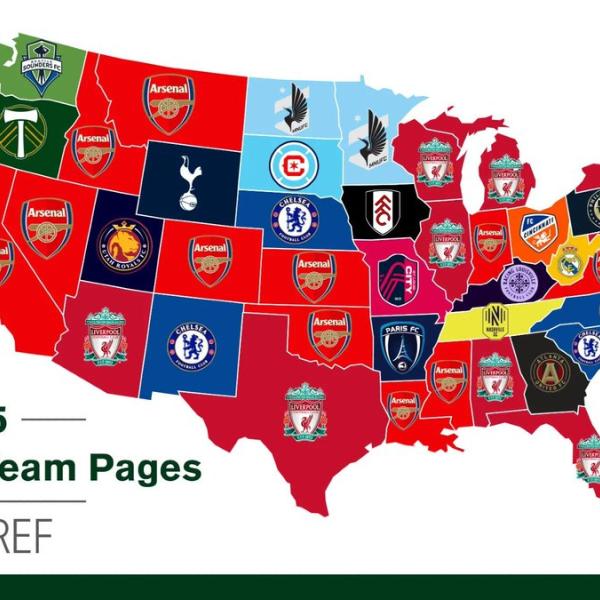If you’re asked to think of the most rabid fan bases and intimidating venues in the footballing world, you’ll most likely imagine the crowds in Europe or South America. In Europe, the leagues in England, Germany, Spain, Italy and France are seen as the benchmark for boisterous crowds and lively game day atmospheres.
However, a recent study by KPMG Sport Practice has revealed that the fastest growing soccer markets, the US, China and India, now boast attendances that rival, and in some cases surpass, their European counterparts.
Leagues in the United States (MLS), India (ISL) and China (CSL) have all seen their average attendance surpass the 20,000 mark. While England and Germany still dominate in terms of attendance around the globe, these relatively new leagues have attendances on par with La Liga, Serie A and Ligue 1.
Latest article - Average attendances of "big five" European leagues vs. Emerging leagues https://t.co/92AMs7mJ25 pic.twitter.com/92tAjKszTY
— Football Benchmark (@Football_BM) January 12, 2016Emerging leagues average attendance versus the European big five:
| League | Average Attendance |
| Bundesliga |
44,000 |
| Premier League |
36,000 |
| Indian Super League |
26,376 |
| La Liga |
26,000 |
| Serie A |
22,000 |
| Ligue 1 |
22,000 |
| Chinese Super League |
21,800 |
| MLS |
21,536 |
As you can see, the Indian Super League, having just completed its second season in existence, has a higher attendance average than Spain’s La Liga. These numbers are slightly inflated due to the format of the competition, teams only play 14 matches over the course of four months, but the foundations of the league have clearly captured the imagination of the Indian population.
Players like Alessandro Del Piero, Robert Pires, David Trezeguet and Elano helped to establish the star power of the league. Additionally, the league’s managers include Roberto Carlos, Marco Materazzi and Nicolas Anelka. The league has received its fair share of criticism, particularly with regards to developing Indian talent, but appears to have established itself going forward.
A more meaningful trend can be found in the United States’ MLS. The leagues 20th season saw a year-on-year growth of 12.8%. The average crowd of 21,536 spectators broke the previous attendance record set in 2014.
The success of expansion franchises, the continued growth of the leagues talent pool and targeted player allocation means that the forecast for 2016 is just as good, if not better.
Players like Steven Gerrard, Kaka, Didier Drogba and Sebastian Giovinco will continue to draw neutrals while new stadiums in San Jose, Orlando, Atlanta and Washington D.C. will only help to bolster attendances. Soccer specific stadiums have been a major proponent in league growth and the upcoming Copa America Centenario will only spark more interest in the game.
The Chinese Super League is the fastest growing league in the world with a 16.7% increase in attendance over the course of a season. Increased sponsorship revenue and investment means the league looks set for considerable growth in the coming years. Robinho has already made the transition to China and many other major names have been rumored to follow.
With attendances in Spain and Italy faltering, could we be witnessing the beginning of a global trend that points to a new direction in club soccer? Could the growth of rival leagues on other continents spur Europe into forming a controversial European Super League? The ramifications behind these numbers are only just beginning.






